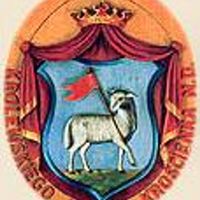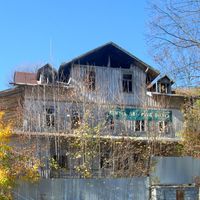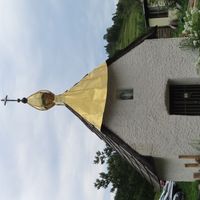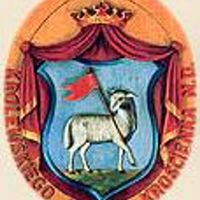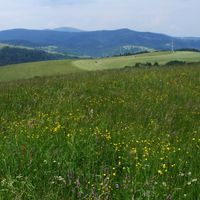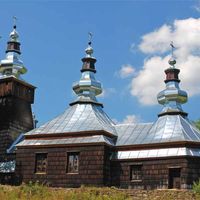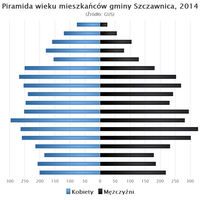Poprad Landscape Park
7.85

Overview
The Poprad Landscape Park, established in 1987 with an area of 53,419.14 hectares, is one of the largest landscape parks in Poland. Located in the Western Carpathians, it encompasses the Beskid Sądecki range, including the Radziejowa and Jaworzyna Krynicka mountain massifs, as well as the Poprad River valley and part of the Čergov Mountains. The park's terrain ranges in elevation from 1,100 to 1,262 meters above sea level, with its highest peak being Radziejowa. Geologically, the park is based on Carpathian flysch, dominated by Magura sandstone, which forms distinctive rock formations such as the Diabelski Kamień (Devil's Stone). The park's flora is exceptionally rich, comprising around 1,000 species of flowering plants, 500 species of lichens, and many others, making it an area of significant natural importance. It features three distinct vegetation tiers: the foothills, lower montane, and upper montane zones, each supporting a diverse array of wildlife, including rare species of birds, mammals, reptiles, and amphibians. The park is home to numerous rare and endemic species, such as the mealy primrose (Primula farinosa). Within its boundaries lie 13 nature reserves, nearly 130 natural monuments, and 4 ecological use areas, underscoring its high ecological value. The region is also culturally significant and a popular tourist destination, with its scenic beauty attracting nature lovers and outdoor enthusiasts.
Location
2025 Wizytor | All Rights Reserved
